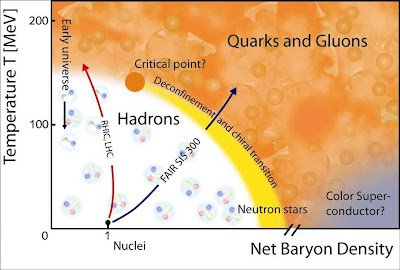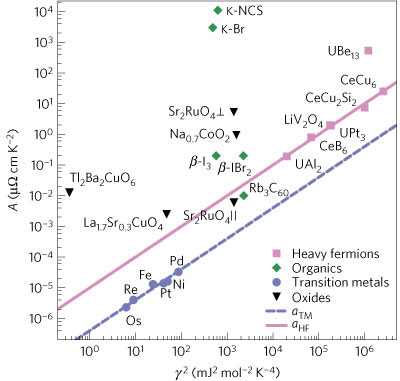Decoherence in nuclear physics
Following up on my previous post and looking forward to extensive discussions with Nanda Dasgupta, David Hinde, and Gerard Milburn over the next two days. Here are some of the questions we are trying to answer: What internal nuclear degrees of freedom are the source of decoherence in nuclear scattering? Excited states? Giant dipole resonance? Particle transfer? Usually one describes the environmental degrees of freedom in terms of a spectral density. What dependence does this have on frequency and the internuclear separation? What would be a smoking gun experiment to show the presence of decoherence? We want to show how increasing decoherence washes out quantum interference effects. Mott scattering of identical nuclei may be relevant? What is the relationship between the decoherence which suppresses quantum tunneling and inelastic processes?




